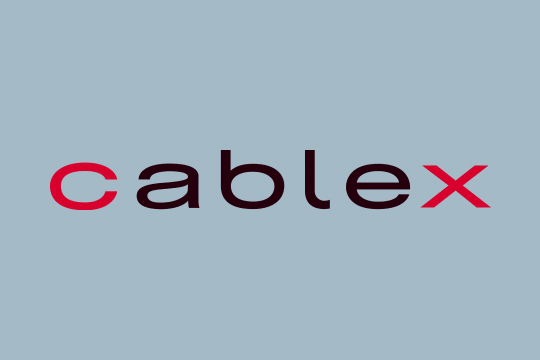Why ServiceNow Is a Great Alternative to Oracle Forms
With extended support for Oracle Forms 12c being terminated in august 2025, many CTOs are looking to migrate to an alternative application development environment. Deciding on the right platform can be a daunting task, as there are lots of options to choose from, each with their respective benefits and downsides.
In this blog, we’ll explore the benefits of switching to ServiceNow as an alternative to Oracle Forms. We’ll discuss why working with Oracle Forms has become impractical, and explain what ServiceNow’s benefits are, while emphasizing that switching to ServiceNow is not always a good choice. Additionally, we’ll try to give you a sense of what migrating to ServiceNow entails practically, and give you a pro tip for the migration process.
Quickly jump to:
Why ServiceNow is a good alternative to Oracle Forms
The downsides of working with Oracle Forms
Although Oracle Forms is a sturdy, well-liked product that has been used by countless large corporations for decades, it has de facto turned into legacy technology. Premier support for Forms Fusion Middleware 12c (12.2.x) is ending in august 2022, and extended support will be terminated three years after that.
The primary use of Forms is to create PL/SQL data entry applications that can access Oracle databases. It is very effective at doing this, but severely limited in other areas. As Forms is an on-premises system, its applications are basically silos that are immensely hard to integrate with modern web applications.
In a survey done by Insum, Forms administrators were asked what their main difficulties were while working with forms. The result – visualized in the above image – speaks volumes, and confirms that Forms is a siloed, outdated technology (that additionally has poor UX).
What is ServiceNow?
ServiceNow is a low-code/no-code, cloud-based SaaS technology. Because it is an open system, it is compatible and can integrate with a large number of apps. ServiceNow has various out-of-the-box (OOTB) applications and features for, among others, IT Service Management, IT Operations management, Security Operations, and DevOps.
Contrary to Forms, ServiceNow can easily integrate and communicate with various databases and systems with an entirely different programming language. It allows people to communicate with systems – e.g. SAP software – they are totally unfamiliar with through its platform. People without programming knowledge can even build their own applications through ServiceNow’s App Engine Studio.
The benefits of switching to ServiceNow
The primary benefit of switching to ServiceNow is that it is a low-code/no-code platform with lots of ready-made services and features. This means that your Forms developers don’t have to learn an entirely new open-source programming language to rebuild your applications. When you switch to ServiceNow, you don’t have to depart from your existing IT landscape – ServiceNow can integrate with a large part of it. ServiceNow is compatible with web technology and adapted to cloud-generation technology, which is why it is perfectly future-proof.
Why ServiceNow is not always a good alternative to Oracle Forms
It should be emphasized that ServiceNow is not a good alternative in every case. It is a highly predetermined platform that isn’t made to be configured endlessly like Oracle Forms. We highly advise against you custom coding on ServiceNow. Custom applications and APIs require lots of additional code to function on the platform, and custom code will (over time) be buggy, slow, and difficult to update.
Before switching to ServiceNow, we recommend you ensure that it supports the applications you want to migrate. ServiceNow is e.g. not ideal for hosting a ledger system. ServiceNow’s benefits lie in its standard functions; it is not ideal for building something from scratch.

How you can replace Oracle Forms with ServiceNow
Is it easy to migrate from Oracle Forms to ServiceNow?
Setting up a connection between an Oracle database and ServiceNow can be done by installing a ServiceNow adapter onto your SOA application or Oracle Service Bus Business Services. This can take place in less than a day. Connecting these is, however, not the hard part: the difficulties come with mapping your data and placing it in ServiceNow.
How long will migration take?
If your Oracle Forms applications are available out-of-the-box on ServiceNow, the technical part of migration should be a swift, process. Making simple, OOTB applications functional could take between 6 and 8 weeks. As we explained above, custom coding applications on ServiceNow is difficult, and will take a longer time.
A pro tip for migrating to ServiceNow
If you decide on switching to ServiceNow, do not solely focus on migrating your Forms applications, but take your entire IT landscape into account. ServiceNow can integrate with a large chunk of your IT landscape, and you would be severely limiting its potential if you only migrated your Forms to ServiceNow.

Join 1400+ ServiceNow professionals
Sign up to our monthly Flow@Work Exclusive newsletter to get free access to our expertise and lots of tips and tricks to make work flow on the Now® Platform.





